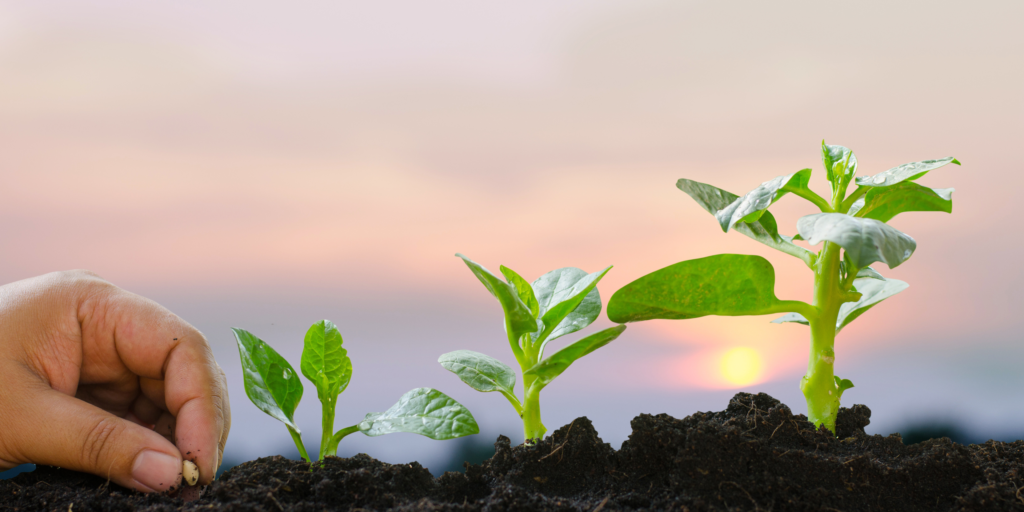

You invested time and effort to make your landscape beautiful with majestic trees. But despite giving your best efforts, some of your beloved trees are showing signs of distress.
You may have tried traditional surface fertilization, but that may not be reaching the roots where they are needed the most. Many tree owners find themselves with similar challenges of providing their trees with the nutrients they need to flourish.
Deep root fertilization is a technique used to provide nutrients to a tree’s root system. It involves drilling holes into the soil around the tree’s root zone and injecting a liquid fertilizer solution directly into the holes. This method allows the nutrients to be delivered deep into the root zone so that roots can more readily access and absorb them.
Professional arborists or tree care companies perform deep root fertilization as it requires specialized equipment and knowledge.
There could be many reasons why a tree would need deep root fertilization treatment. Timely fertilization will prevent trees from malnourishment or death due to nutrient deficiency.
Here are the signs that you should not ignore:
If you notice any of these signs, it would be beneficial to start with tree fertilization immediately.
You can eliminate these signs by feeding the plants directly at the roots or by applying deep root fertilizer. It will keep the plants healthy for a longer period of time.
This post will help you understand the transformative benefits of tree fertilization to ensure that your tree receives the nourishment it requires.
Healthy Growth in Your Trees: The growth of trees is impossible without vital nutrients, and they need them on a regular basis. Fertilization helps young trees acquire the necessary nutrients to establish a healthy root system so that they can grow in all directions. However, as the tree ages, these nutrients will help it sustain growth and new leaves.
Fertilization Shields Against Disease: One of the significant benefits of tree fertilization is that it bolsters a tree’s defense system against various diseases. Just as humans require a balanced diet rich in nutrients that protects them from illnesses, similarly, trees also rely on proper nutrients to build up their immune system and resist diseases. Right fertilization ensures your tree have nutrients that they remain healthy.
The third major reason why tree fertilization is crucial is that the right fertilizers help injured or damaged trees to heal. Trees can suffer various kinds of harm, like:
If your tree has been hurt in any of these ways, providing it with the proper nutrition will help it heal more quickly.
The targeted application of fertilization offers plenty of benefits beyond delivering nutrients to the tree. The wastage is minimized when a fertilizer is directed to the area where it is needed the most. The approach also ensures maximum uptake by trees while minimizing waste, as only trees receive the necessary nutrients.
Root stimulation is another significant benefit of the injection process used in tree fertilization. This technique not only delivers essential nutrients directly to the tree’s root system but also serves to stimulate the growth of new roots and improve the overall health and vitality of the tree.
Well-maintained trees can increase the value of residential, commercial, and public properties. Investing in tree fertilization demonstrates a commitment to property maintenance and environmental stewardship, which can positively impact property values.
Tree fertilization is the best approach for maintaining healthy and resilient trees. However, it is important to apply fertilization properly according to recommendations and guidelines to avoid potential harm to trees and the surrounding ecosystem.
The best way to enjoy the tree fertilization benefits is by hiring a skilled arborist. They ensure that the fertilization practices are tailored to the needs of individual trees and the landscape.